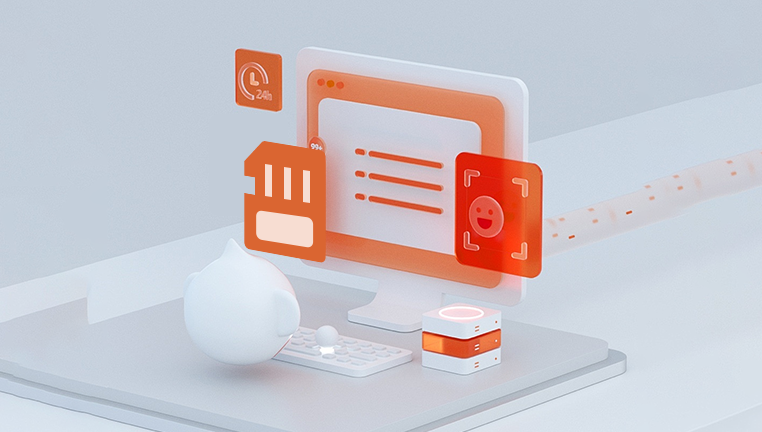Panic can set in, but fear not! We'll cover everything from understanding how SD cards store data, to the different methods of recovery both software based and professional services. So, let's dive in!
SD Memory Cards
Before we get into the recovery process, it's important to understand how SD cards function:
Data Storage: SD cards store data in a series of memory cells. When you delete a file, the space is marked as available, but the data remains intact until it is overwritten by new data.
Types of SD Cards: There are several types of SD cards (Standard SD, SDHC, SDXC), each with different storage capacities. Understanding your card type can help in selecting the right recovery software.

File Systems: SD cards typically use file systems like FAT32 or exFAT. This affects how data is organized and may influence recovery methods.
Step 1: Stop Using the SD Card
The first rule of thumb in data recovery is to stop using the SD card immediately after realizing that files have been deleted. Continued use can lead to overwriting the deleted files, making recovery impossible.
Step 2: Assess the Situation
Before diving into recovery, assess how the photos were deleted. Was it a simple deletion through your camera, or did the card become corrupted? Understanding this will help you choose the appropriate recovery method.
Step 3: Choose a Recovery Method
There are generally two paths for recovery: software-based recovery and professional data recovery services.
A. Software-Based Recovery
Drecov Data Recovery is an intuitive software designed to help users recover lost or deleted files from various storage devices, including SD cards, USB drives, and external hard drives. With its user-friendly interface, the software makes it easy for anyone, regardless of technical expertise, to navigate the recovery process.
Utilizing advanced scanning algorithms, Drecov Data Recovery can quickly locate and restore deleted files, whether they were lost due to accidental deletion, formatting, or corruption. The program offers both quick and deep scanning options, ensuring a thorough search for recoverable data.
B. Professional Data Recovery Services
If software recovery fails, or if the SD card is physically damaged, professional services may be your best bet.
Research Providers: Look for reputable data recovery services in your area or online. Check reviews and success rates.
Consultation: Contact the service for a consultation. They may ask about the card’s condition and the circumstances of the data loss.
Cost Estimate: Most services provide a free estimate. Understand the costs involved before proceeding.
Data Recovery Process: Once you agree, the service will take over. They often use advanced tools to recover data that software cannot.
Step 4: Prevent Future Data Loss
Back-Up Regularly: Always back up your data to multiple locations, including cloud storage and external hard drives.
Use Reliable Software: When managing files, use trusted software to avoid corruption.
Safely Eject: Always eject your SD card safely to prevent corruption.
Check for Errors: Periodically check your SD card for errors using built-in system tools like CHKDSK (Windows) or Disk Utility (Mac).
Recovering deleted photos from an SD memory card can be a straightforward process if approached methodically. Whether you choose software recovery or professional services, the key is to act quickly and avoid further use of the card. By understanding your SD card’s workings and taking preventive measures, you can safeguard your digital memories for years to come.




